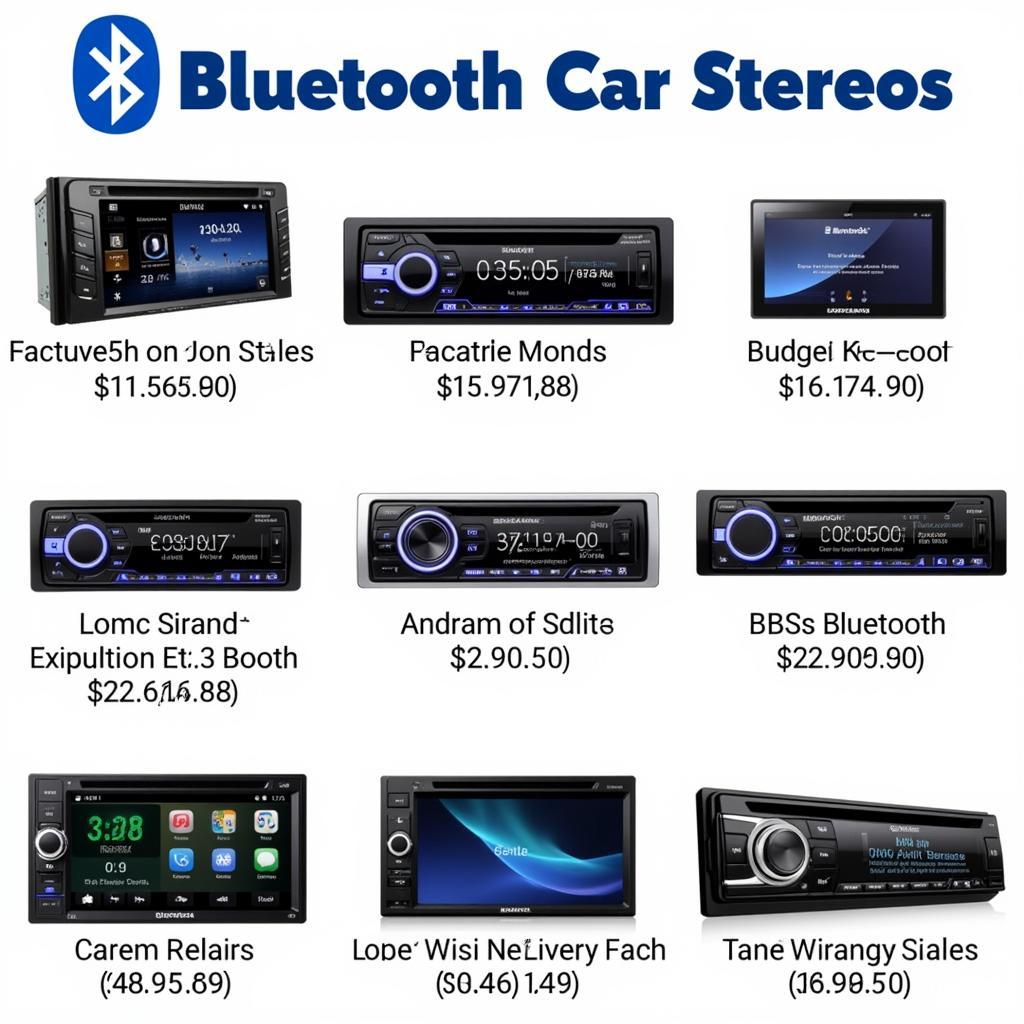If your 2006 Mercedes E350’s brake warning light has illuminated, it’s crucial to address the issue promptly. This light is a key indicator of potential brake system problems that could compromise your safety. While it can be alarming to see any warning light on your dashboard, understanding the common causes of this issue can help you take the right steps towards a solution. This article will explore those causes, guide you through potential solutions, and provide valuable insights from a remote automotive software diagnostics and programming expert.
Common Causes of a 2006 E350 Brake Warning Light
Several factors can trigger the brake warning light in your 2006 Mercedes E350. Here’s a breakdown of the most frequent culprits:
Worn Brake Pads
The most common reason for the brake warning light is worn brake pads. Your E350 is equipped with sensors that monitor brake pad thickness. Once the pads wear down to a certain level, these sensors trigger the warning light, indicating it’s time for a replacement.
Low Brake Fluid Level
Brake fluid is the lifeblood of your car’s braking system. A leak in the system or simply low brake fluid can cause the warning light to come on.
Faulty Brake Light Switch
The brake light switch activates your brake lights when you press the pedal. If this switch malfunctions, it can disrupt the brake light circuit and trigger the warning light on your dashboard.
ABS System Malfunction
While less common, a problem with your Anti-lock Braking System (ABS) can also trigger the brake warning light. This is often accompanied by an ABS warning light, indicating an issue with the system’s sensors, control module, or wiring.
Troubleshooting the Brake Warning Light
Before heading to a mechanic, you can perform some basic checks:
1. Inspect Brake Fluid Level: Locate the brake fluid reservoir under the hood and check the fluid level. If it’s below the minimum mark, add the appropriate brake fluid (consult your owner’s manual).
2. Visually Check Brake Pads: If possible, take a look at your brake pads through the wheel spokes. If they appear significantly thinner than a quarter inch, they likely need replacement.
3. Listen for Unusual Sounds: While driving, pay attention to any unusual noises like grinding or squealing coming from the brakes. These sounds can indicate worn brake pads.
When to Seek Professional Help
If your brake warning light remains illuminated after checking the brake fluid and visually inspecting the brake pads, it’s essential to seek professional help.
“Ignoring a brake warning light can lead to more serious and costly repairs down the line,” says John Miller, a seasoned automotive diagnostics and programming specialist. “Remote diagnostics can often pinpoint the issue quickly and accurately, saving you time and potential headaches.”
2006 e350 brake pad replacement warning
Conclusion
Addressing a brake warning light in your 2006 Mercedes E350 is not something to postpone. By understanding the common causes and taking appropriate action, you can ensure your safety on the road and prevent further damage to your vehicle’s braking system. Remember, professional diagnostics and timely repairs are crucial for maintaining optimal brake performance and your peace of mind.

